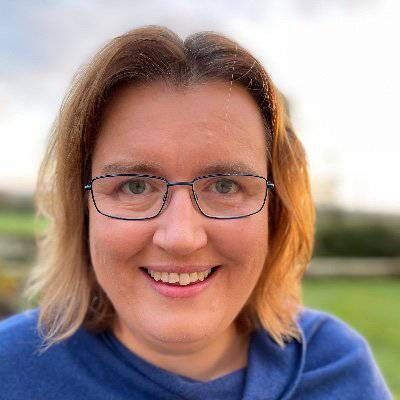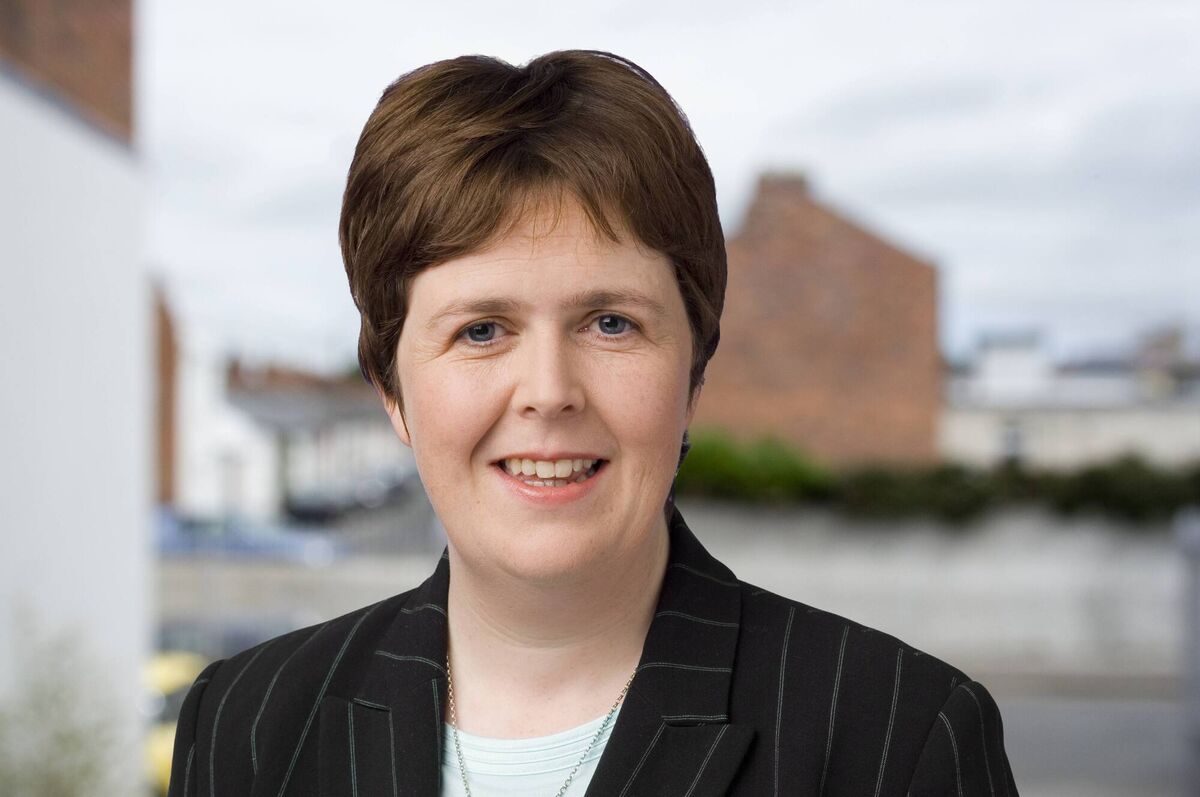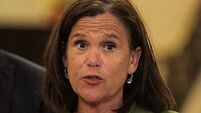Gender quotas in Dáil Éireann: for and against

In 2016, when quotas first came into play, there was a 90% increase in the number of female candidates selected and a 30% increase in the number of female TDs.
A healthy democracy reflects the diversity of the people it serves.
Any outside observer of Irish politics would get a very warped view of our demographics.
Our local and national governments are over-representative of our white, middle-class, settled, heterosexual, male population whose access to political life has benefited from a 100-year quota of tradition and patriarchy that has too often been mistaken for merit.
In Ireland, we are severely lagging behind in global measures for gender equality in politics — currently sitting in 100th place behind countries such as Afghanistan and China.
Why? Well simply put, last year we elected 36 women and 124 men to the Dáil. Just 23% of national representatives are female and just 25% of elected local councillors are women.
Remarkably, 2020 was the first general election where there was a woman on the ballot paper in every constituency.
We can’t blame the voters.
Last week in Scotland, 45% of those elected to their new parliament were women. So change is possible.
The importance of diversity in decision making is even more pressing when you consider that for most of the past year of the pandemic, women were merely the advisers to the all-male cabinet sub-committees on Covid-19 and health.
And, according to figures reported in February this year, women were completely absent from 40% of critical government decision-making tables.
To get to 50/50 by 2030, there needs to be substantial leadership on this issue by our government and all political parties.
Some parties are doing better than others, but few have reached the critical mass needed for us to have the choice on election day to vote for politicians that reflects us all.
To get to 50/50 means a 100% increase in the number of women elected over the next two local and general election cycles.
This means that at least 44 of the male incumbents will have to exit their seats. Can we really trust this to happen organically?
While not liked by many of us, quotas with financial sanctions are necessary to introduce the short, sharp shock to the political system that is needed to make change happen quickly.
In 2016, when quotas first came into play, there was a 90% increase in the number of female candidates selected and a 30% increase in the number of female TDs.

The stagnation that we saw in 2020 demonstrates the need for even higher quotas to effect real progressive change.
The 2020 elections also highlighted the need for women to be selected to winnable seats — not just as the third, under-resourced candidate, added at the last minute.
The increase in quotas to a minimum of 40% from 2023 is a critical driver to achieving 50/50 by 2030.
Quotas are also needed in local and Seanad elections, along with measures to ensure that Travellers and other ethnic minorities are given a fairer chance of getting on the ballot paper.
The fact that up to now, there was no provision for legitimate maternity leave for politicians is quite shocking.
Another area that has to be addressed is the escalating prevalence of misogyny, racism, and homophobia targeted at all politicians, but predominantly women.
At Women for Election we are leading an ambitious strategy to work across the political spectrum, to help inspire and equip at least double the number of women to run in the next elections.
Through our training and mentoring programmes, we have supported thousands of women, including many current and former politicians who successfully ran for election.
Last week, our Zoom room filled up again with the latest group of women from diverse backgrounds for our INSPIRE campaign school.
With more than 500 women joining our programmes this year alone, there is no shortage of interest.
We always ask the women when they join our programmes if they aspire to be taoiseach someday.
Can we go beyond this even, to dare to believe that in this decade Ireland’s first female Taoiseach will be nominating our first-ever female Minister for Finance from our indigenous Traveller population to lead a diverse and equally balanced Dáil? Why not?
Quotas are the start to this vision.
Why are we still debating gender quotas? That battle was won almost a decade ago.
The people that campaigned for gender quotas won the argument. They got what they called for: A gender quota law was passed by the Oireachtas in 2012.
I was a TD at the time and I was one of a handful of politicians that spoke against gender quotas.
Having lost the argument, I threw in the towel in the gender quota debate. Or so I thought.
Gender quotas are on the agenda again. It is those that won the argument that have reignited the debate. This time, their argument is that quotas did not go far enough.
Campaigners say that it is a problem that the 30% gender quota for Dáil elections in 2016 and 2020 did not translate into 30% of seats being won by women.
They blame the bigger parties and say that Fianna Fáil and Fine Gael treated the quota as a target, rather than a minimum. This is a red herring.
All parties, big and small, met the gender quota of at least 30% women candidates.
The maximum for any party will be 50%, because gender quotas apply to both women and men. Those who do not meet the 40% quota will lose some of their State funding.
The real problem for gender quota campaigners is that our electoral system allows voters to exercise their free will at the ballot box; this free will extends to the gender of the candidate they vote for.
Most voters are gender-blind. They want more women candidates but they do not feel obliged to vote for candidates because they are women.
The gender quota campaigners expect voters to elect a mathematical ratio of female to male representatives that mirrors the gender quota.

The voters have not met that expectation. That is why gender quota campaigners are coming back for more.
Nevertheless, there have been great gains for female candidates in recent elections. That I acknowledge these gains does not mean I am conceding the argument in favour of gender quotas.
I think the gains would have happened anyway. The debate about gender quotas was a symptom of the public appetite for more women candidates.
Despite the way the gender quota issue has been portrayed, political parties were not dragged kicking and screaming into running more women.
Political parties wanted to be seen to be doing something about the need for more women in politics; 40% of senators are women and this was achieved without gender quotas for Seanad elections.
Ultimately the goal of gender quota campaigners is 50:50 female and male representation; to achieve this goal, elections would need to be run in laboratory-like conditions and would require an overhaul of our electoral system.
I suspect that gender quota campaigners would choose list systems over proportional representation.
List systems would also facilitate their dream of female politicians being able to be replaced by unelected proxies should they take maternity leave.
If they could, some gender quota campaigners would go so far as to have Dáil seats allocated based on gender on a 50:50 basis.
This explains why referendums have been mooted recently in the context of the debate about women in politics.
There are also calls for gender quotas at local elections., however, the idea of gender quotas for local elections has many flaws.
Unlike Dáil elections, there is no State funding linked to local elections that can be used to enforce gender quotas.
There are hundreds of candidates at local elections, including hundreds of independents candidates. Quotas cannot be imposed on independent candidates; they can only be imposed on political parties.
However it will be a logistical nightmare for political parties to impose gender quotas for local elections.
The imposition of gender quotas by party headquarters will lead to stand offs with local party branches.
This will not be a good start for the women candidates that are imposed. Candidates need the support of branch members on the ground.
If we want more women in local politics, it should be from the grassroots of local branches that they emerge. Gender quotas involve railroading local party grassroots.
- Caitríona Gleeson is CEO of Women for Election and Joanna Tuffy is a Labour County Councillor for the Lucan Electoral Area on South Dublin County Council















